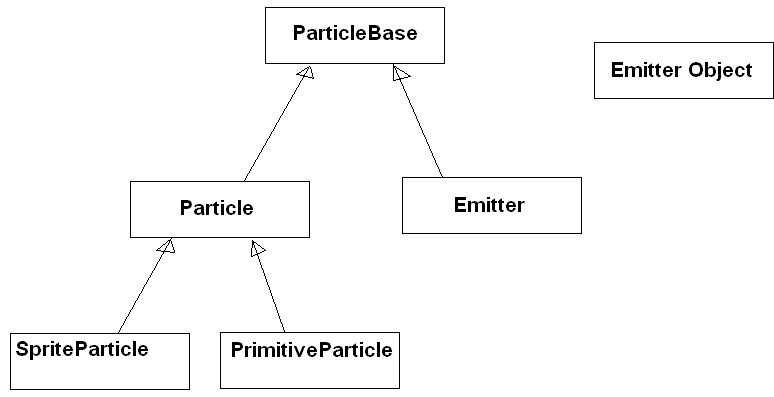Movement
starting velocity
acceleration of velocity over time
damping of velocity over time
rotation around given origin.
direction rotation over time.
Size
starting size
expansion of size over time
contracting size over time
Emitter
position and boundary particles can be emitted from
depth particles can be emitted from
how fast particles are emitted
amount of particles to emit on each emission
lifetime of particles, this can be infinite for particles that don't die.
Graphics
Starting color
list of colors to fade to over time, and in order they are loaded.
use single or multiple sprites, with multiple sprites, particle will randomly be assigned a sprite whenever they are re spawned.
new changes need for current project
use animations instead of static sprite for particles.
boundary that particles must stay within or they automatically die.
gravity, or external force like wind. and possible allow multiples of them.






